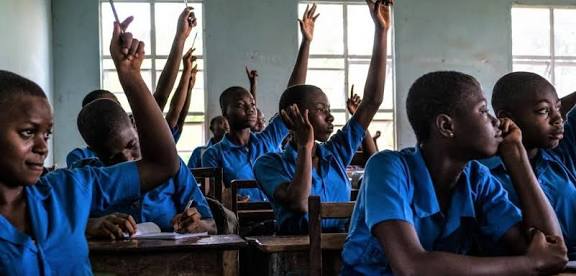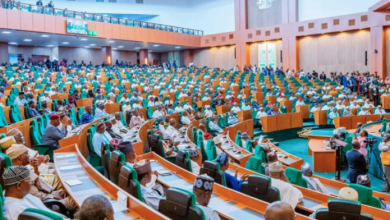Nigerian Education at a Crossroads: Can AI Rescue the Classroom? By Dobra Guanah

As classrooms in Nigeria struggle under the weight of overcrowding, outdated infrastructure, and underpaid teachers, a quiet revolution is beginning to take shape—one powered not by chalk and blackboards, but by artificial intelligence (AI).
While much of the world debates whether AI will replace teachers, in Nigeria the pressing question is different: How can AI help improve the quality of education in a country whose students are increasingly seeking opportunities abroad?
Just a few decades ago, Nigeria was a beacon of higher education in Africa. Institutions like the University of Ibadan (UI), the University of Benin (UNIBEN), King’s College, and Federal Government Colleges drew students from across the continent.
Today, the narrative has flipped. Nigerian students are leaving for Ghana, South Africa, the United Kingdom, and beyond, seeking learning environments that are often more supportive, better funded, and technologically advanced.
Overcrowded classrooms, crumbling infrastructure, overworked teachers, and students struggling to keep pace with a rapidly digitising world have all contributed to this exodus.
Meanwhile, countries like China are surging ahead with AI-powered classrooms that personalize learning and automate administrative tasks.
The question is stark: Will Nigeria continue to lag, or can it adapt to embrace these new technologies.
Despite the challenges, there is hope. AI offers a unique opportunity to bridge educational gaps and restore confidence in Nigeria’s school system.
Teachers, the heart of any classroom, can harness AI to enhance their teaching, personalize instruction, and improve student outcomes often with little more than a smartphone or laptop.
At a partner school, for example, random end-of-topic quizzes created using AI tools like ChatGPT or Scholara have reduced the time required for assessments by up to 80 per cent.
Tasks that once took hours now take minutes, allowing teachers to focus on mentoring and interactive instruction rather than paperwork.
AI can help teachers present the same topic in various formats tailored to different learning styles.
One tutor reported that using AI to provide textbook-style, story-based, and analogy-driven explanations significantly improved student comprehension.
By matching explanations to students’ individual preferences—whether through formulas, sports, gaming, or music examples—teachers can ensure deeper understanding and greater engagement.
Teachers can use AI to generate assignments aligned with lesson objectives. For instance, a Data Processing teacher could upload class notes and prompt AI to produce multiple-choice questions suited for a specific grade level.
To prevent overreliance, assignments should challenge students’ critical thinking rather than simply test their ability to copy answers from AI-generated content.
Enriching Learning Materials
AI can enhance lesson plans by suggesting additional examples, historical or cultural context, or interdisciplinary connections.
Imagine students seeing AI-generated portraits of historical figures in history class, or watching a virtual Isaac Newton explain the laws of motion in physics.
Such innovations transform lessons from ordinary to unforgettable experiences.
With AI comes responsibility. Teachers must lead by example, ensuring that AI complements human intelligence rather than replacing it. Key principles include:
Privacy: Avoid uploading sensitive student data to public AI platforms.
Critical Thinking: Students should verify AI-generated answers before accepting them as truth.
The goal is to develop AI-literate learners—students who know how to question, verify, and responsibly apply knowledge.
AI adoption in Nigerian education is in its infancy, but the potential is vast.
Teachers can explore tools like Scholara, ChatGPT, or Gemini to support lesson planning, create assessments, and provide summaries.
Schools can foster AI-friendly environments by training staff, encouraging experimentation, and standardizing ICT infrastructure.
Policymakers should develop clear AI guidelines to ensure responsible and consistent integration across institutions.
AI is not poised to replace teachers, especially in regions still catching up with technology, but it can empower educators to teach more effectively, inspire students, and transform the learning experience.
Tomorrow’s classrooms will not rely solely on chalk and boards but on creativity, data, and intelligence both human and artificial.
By embracing AI today, Nigerian teachers have the chance to reshape not just classrooms, but the nation’s educational culture itself.
The transformation begins with one teacher, one tool, and one bold step forward.



